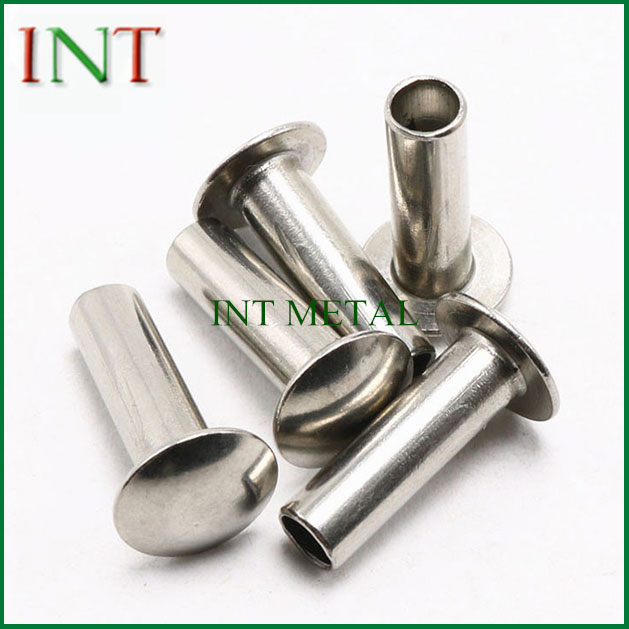Exploring the Strength Within: Hollow Steel Rivets vs. Solid Rivets
2024-05-10
In the world of fasteners, rivets are the unsung heroes that hold countless structures and components together with strength and reliability. Among rivets, both hollow steel rivets and solid rivets play crucial roles, but they have distinct characteristics that make each suitable for different applications. Let's dive into what sets hollow steel rivets apart from solid rivets and explore their unique features and applications.
Understanding Hollow Steel Rivets:
A hollow steel rivet is a type of fastener used to permanently join two or more materials together. As the name suggests, it is hollow in the center, with a tubular shape that allows for the passage of a mandrel during installation. Hollow steel rivets are typically made from high-strength steel alloys, which provide exceptional durability and load-bearing capacity.
How Hollow Steel Rivets Differ from Solid Rivets:
1. Composition: The primary difference between hollow steel rivets and solid rivets lies in their composition. While solid rivets are made from a single piece of solid material, hollow steel rivets are formed from a hollow tube with a solid head and a shank.
2. Installation Method: Hollow steel rivets are installed using a specific tool known as a rivet gun, which drives a mandrel through the center of the rivet, causing it to expand and form a tight joint between the materials being joined. In contrast, solid rivets are installed by hammering or pressing them into place, deforming the shank to secure the joint.
3. Weight and Material Savings: Due to their hollow construction, hollow steel rivets are lighter and require less material than solid rivets to achieve the same strength and load-bearing capacity. This makes them ideal for applications where weight savings and material efficiency are critical.
4. Flexibility and Expansion: Hollow steel rivets have the advantage of being able to expand and deform during installation, which allows them to create a secure and tight joint even in irregular or uneven surfaces. This flexibility makes them suitable for a wide range of applications where solid rivets may be less forgiving.
5. Cost-Effectiveness: While hollow steel rivets may require specialized tools for installation, they can be more cost-effective than solid rivets in certain applications due to their lighter weight and material savings. Additionally, their ability to create strong, reliable joints with minimal material makes them a cost-effective choice for many industrial and manufacturing processes.
Applications of Hollow Steel Rivets:
Hollow steel rivets find applications in various industries, including:
- Aerospace: Joining aircraft components and structures
- Automotive: Assembly of automotive bodies and chassis
- Construction: Joining steel beams, panels, and frames
- Manufacturing: Fabrication of machinery, equipment, and appliances
In conclusion, while both hollow steel rivets and solid rivets serve as essential fasteners in countless applications, they differ in composition, installation method, and performance characteristics. Hollow steel rivets offer advantages such as weight savings, material efficiency, flexibility, and cost-effectiveness, making them a versatile choice for a wide range of industrial and manufacturing applications. By understanding the unique features and capabilities of hollow steel rivets, manufacturers can select the most suitable fastening solution for their specific needs, ensuring strong, reliable joints and efficient assembly processes.



